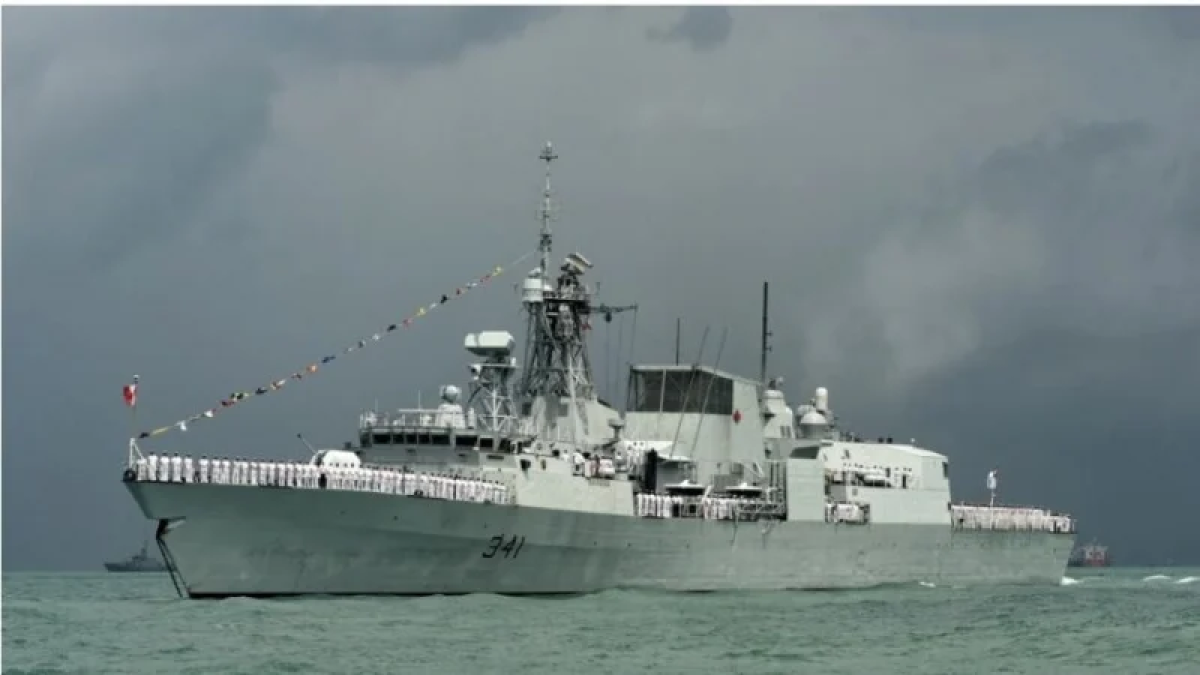 95
95
Continuing its policy of promoting tensions, the Canadian government has announced that with recognition of the Taiwan Strait as part of international waters, it will continue to send warships to the area.
According to the Financial Times website today (Monday), Canada plans to send more warships through the Taiwan Strait to demonstrate to Beijing that the waters claimed by China are international.
“We need to make sure that the issue of the Taiwan Strait is clear and that this strait remains international,” Melanie Joly, Canada’s foreign minister, said in an interview to that effect. We will continue to implement principles based on international laws, and that’s why we sent a frigate through this strait with the U.S. this summer, and we will send more frigates.”
Joly claimed Canada is committed to new military equipment in the Indo-Pacific region to help secure regional peace and stability. Earlier this year, Chinese officials told their U.S. counterparts that Beijing did not recognize the strait as part of international waters. It appears that while Canada’s new strategy shows a tough stance toward China, the Canadian foreign minister also stressed the need to work with the Beijing government.
Joly emphasized that Canada will challenge China when necessary, but will cooperate on issues such as climate change, nuclear nonproliferation, and global health issues such as pandemic prevention when needed.
That is the aim of the Indo-Pacific strategy adopted on Sunday, for which funds to the tune of 2.3 billion Canadian dollars (1.65 billion euros) are earmarked, which are to flow into armaments and cyber security, among other things. The plan is to deepen relations with more than 40 countries in the Pacific.
The background to the reorientation is an increasingly restrictive course of the USA in economic relations and growing criticism of free trade. The declared goal of the government of Liberal Prime Minister Justin Trudeau is to diversify trade relations. According to official data for September, the U.S. accounts for 68 percent of Canada’s foreign trade, while China takes only seven percent.
However, China is also perceived as problematic in the new strategy. With regard to the People’s Republic, the 26-page strategy paper says rules on foreign investment will be tightened to protect intellectual property and prevent Chinese companies from gaining access to domestic mineral resources.
China is a “disruptive power,” the concept says. Still, it said, cooperation with the world’s second-largest economy is necessary to address issues such as climate change and nuclear arms restrictions. Canada’s push joins efforts by Western nations to counter China’s growing influence in the region. In the summer, the U.S. launched an informal alliance of states aimed at strengthening relations with the Pacific island states.
The so-called Partners in the Blue Pacific (PBP) included Australia, Japan, New Zealand and the United Kingdom. They wanted to advance economic ties between the rest of the world and Pacific nations. U.S. President Joe Biden has announced a greater U.S. presence in the Indo-Pacific region in the face of attempts by China to expand its own economic and military ties in the region.
Comment
Post a comment for this article